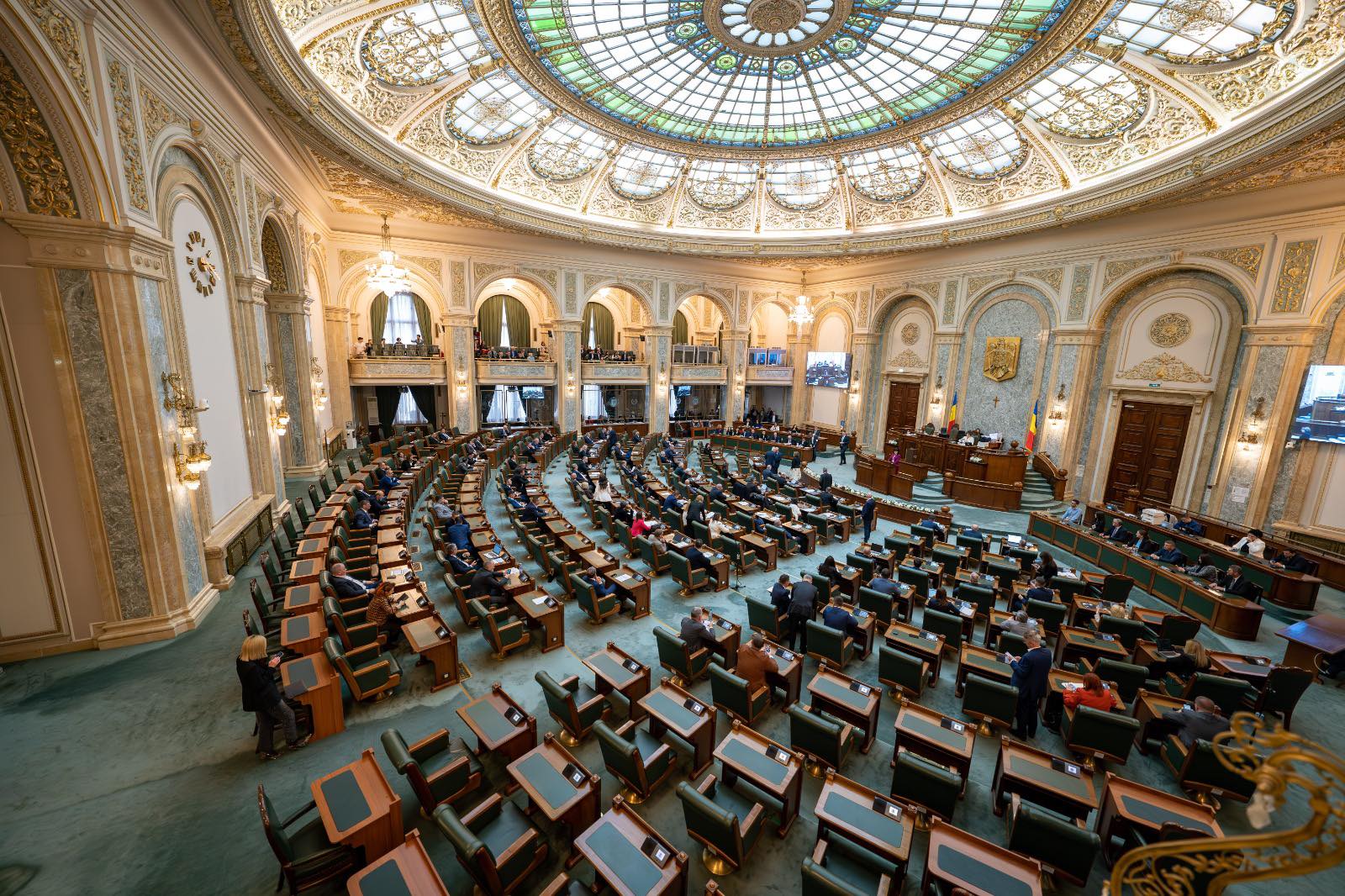By Andreea Gudin
Buckle up for another joyride through the European Court of Auditors’ report – this time, a “backstage pass” to the EU’s smart cities approach. We’re here to explore the “Lighthouse” program which seems like an exclusive club for innovation, but when it comes to sharing the party favours, it’s a tad more complicated.
In this article, we’re going to unravel the countries that scored big on the innovation leaderboard, the hurdles in sharing these genius solutions, and whether there’s a hint of VIP elitism in the mix.
Countries That Benefited: A Select Few
While the “Lighthouse” program encompassed 120 cities across 24 member states, it’s essential to acknowledge that not all of these cities benefited equally. The innovative solutions were predominantly implemented in major urban centers and often in countries with established technological and economic infrastructures. Cities like Barcelona, Dresden, Rotterdam, and Vienna, among others, reaped the lion’s share of benefits while smaller or less economically advanced cities struggled even to gain access to these solutions.
Replication Challenges: A Foreseeable Hurdle?
The ECA report implies that the replication of “Lighthouse” program solutions was challenging, but was this difficulty anticipated from the program’s inception? The answer is ambiguous. While it’s reasonable to expect that some smart city solutions may not be universally replicable due to unique urban environments, demographics, and infrastructural differences, the program’s design appears to have assumed a certain level of adaptability. The question here is whether the limitations in replication were indeed foreseeable and whether the program adequately considered this aspect.
Exclusive Approach as a Preceding Factor
The exclusive approach, which prioritised innovation and showcased groundbreaking technologies in a small group of cities, established a divide between technological front-runners and those lagging behind. This approach, aimed at positioning these cities as “lighthouses” of innovation, inadvertently solidified a sense of exclusivity in the smart cities landscape and by so, accentuated the contrast between urban centers that benefited from these solutions and those that did not.
Financial Disparities as an Outcome
So, continuing our journey and following the flow, we might ask ourselves: Do the financial uncertainties highlighted in the report originate from this type of approach? The emphasis on technological innovation, without sufficient consideration for accessibility and scalability, can indeed perpetuate disparities in the distribution of smart city resources.
A Structural Weakness in Financing
But the financial gap is not merely a fiscal challenge. When only a group enjoys substantial funding and innovative solutions, it leads to a scenario where these cities make substantial progress while other cities face difficulties securing the necessary resources. This structural imbalance challenges the EU’s ability to achieve its ambitious climate objectives, as it leaves numerous urban areas underinvested, hindering their capacity to transition toward sustainable, smart, and climate-neutral environments.
Prioritising Innovation Over Accessibility

The crux of the issue lies in the program’s funding model, which primarily prioritized pioneering ideas and technological innovation over ensuring widespread adoption. While innovation is undoubtedly a crucial driver of progress, it should not come at the expense of accessibility. The very essence of smart cities lies in their scalability, ensuring that innovative solutions can be embraced and replicated in cities of all sizes and economic backgrounds.
The Imperative of Inclusivity
Smart city initiatives should not be solely driven by the desire to showcase innovation but should also prioritise the accessibility of resources to all cities, irrespective of their size or pre-existing resources.
The Invisible Barrier: Citizen Engagement
Now, we’ve got auditors pointing at the riddle of citizen engagement. Can a city be “smart” without its residents joining the parade? It’s like trying to host a block party, and your neighbours aren’t just staying home. This unravels a significant challenge of deploying smart city solutions, where technology must harmonise with social and cultural contexts. So maybe it’s time to stir the pot.
Rethinking the Smart City Recipe
Traditionally, “smart” cities have been all about tech and shiny infrastructure. But the ECA report is shaking things up. Maybe “smart” cities should be about adaptability, resilience, and a warm welcome for all.
Maybe it should be more than just “about high-tech”. It should be “about high quality” too. Meaning a bit of social harmony, environmental mindfulness, and a true sense of belonging for all of us.
Andreea Gudin

 acum 1 an
148
acum 1 an
148


























 English (US) ·
English (US) ·  Romanian (RO) ·
Romanian (RO) ·